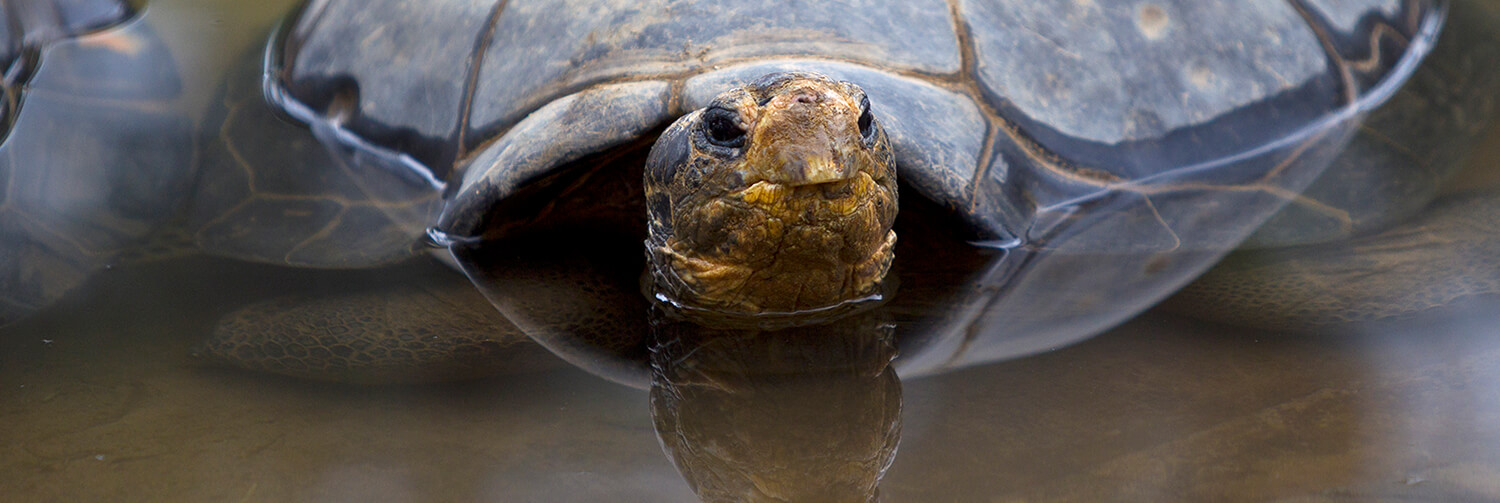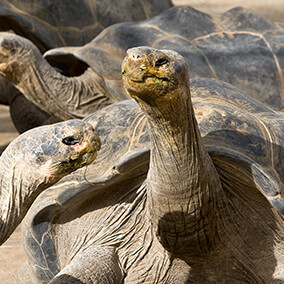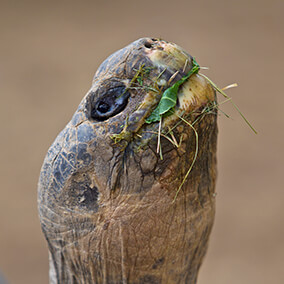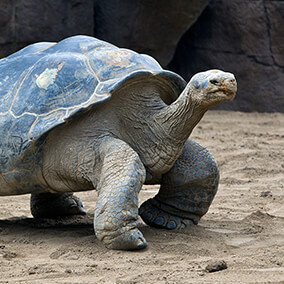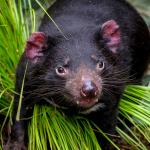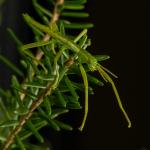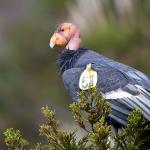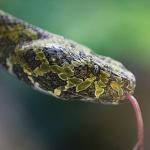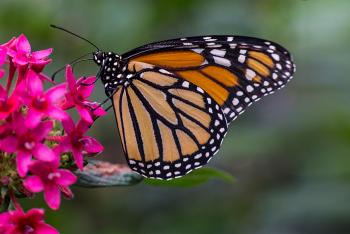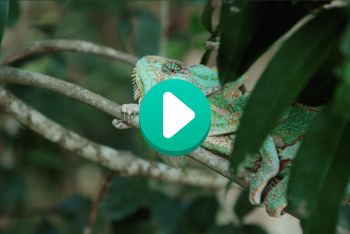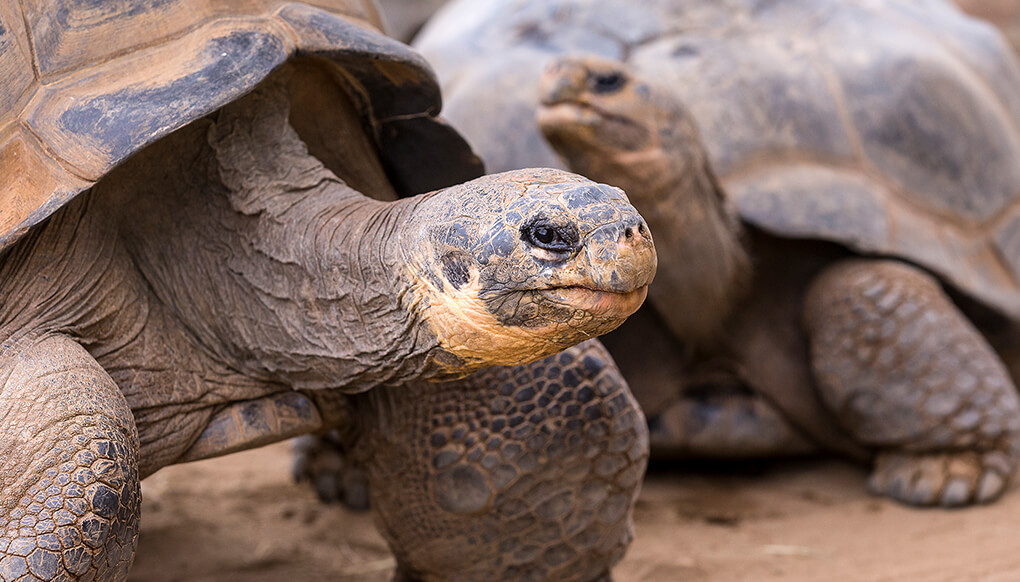
Galápagos tortoise
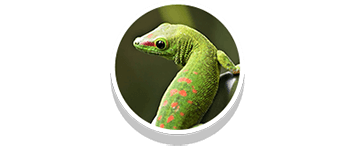
Reptiles


Endangered
facts


Galápagos tortoises also eat flowers, leaves, and grasses.

description
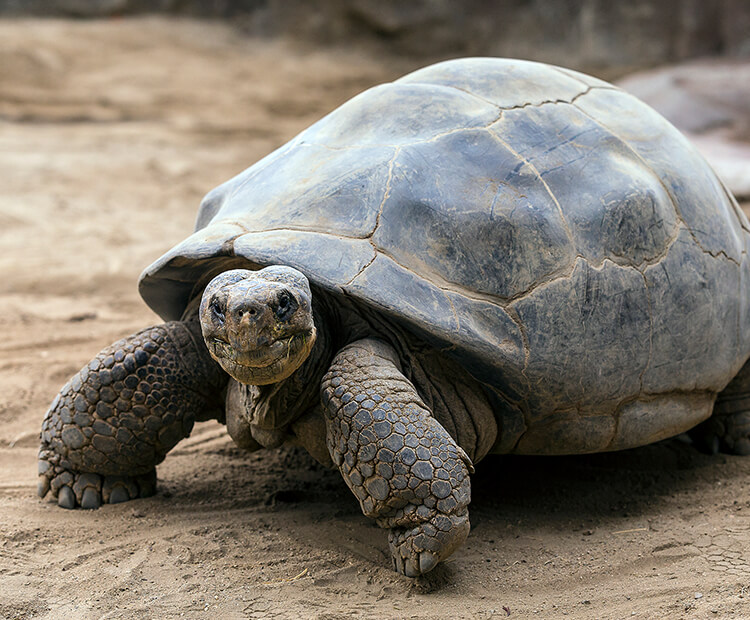
Big, not bulky
Although Galápagos tortoises are huge animals that weigh several hundred pounds, their shells are not solid. Instead, they are made up of honeycomb structures that hold small air chambers. This makes the shell lighter and easier for the tortoise to carry.
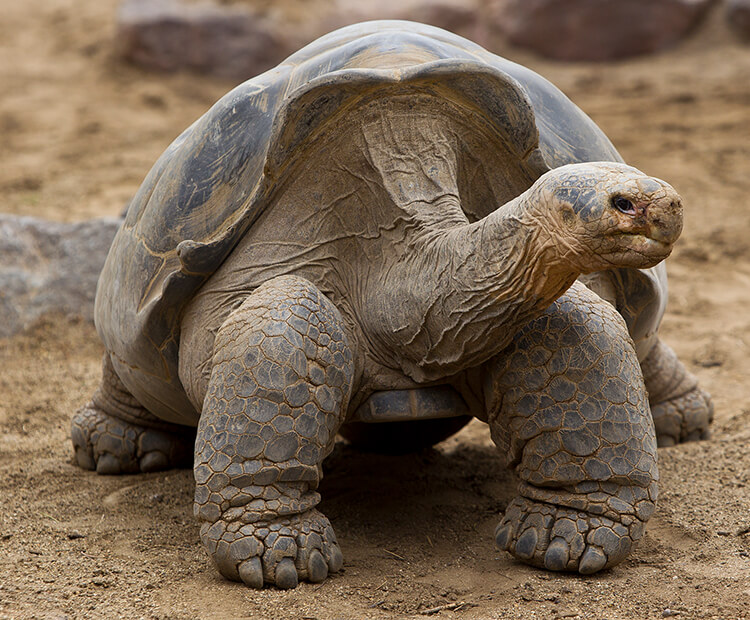
Island style
Each of the 13 larger islands in the Galápagos Islands has a different subspecies of the giant tortoise, uniquely suited for survival on that particular island’s habitat. For example, saddleback shells allow the tortoise to reach food found higher off the ground, like leaves on tall bushes. On desert islands, the tortoises are smaller and are able to survive on less food.
As people made homes on the Galápagos Islands, they brought animals such as rats, dogs, and cats, which eat tortoise eggs and young tortoises. This caused the number of tortoises on the islands to drop. Today, there are only about 10,000 to 15,000 tortoises living on the islands.

